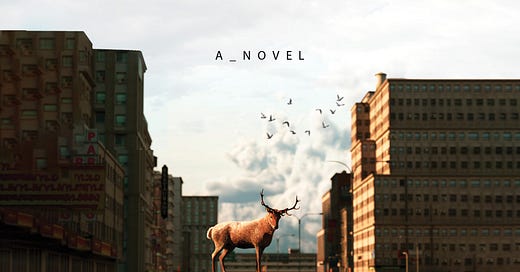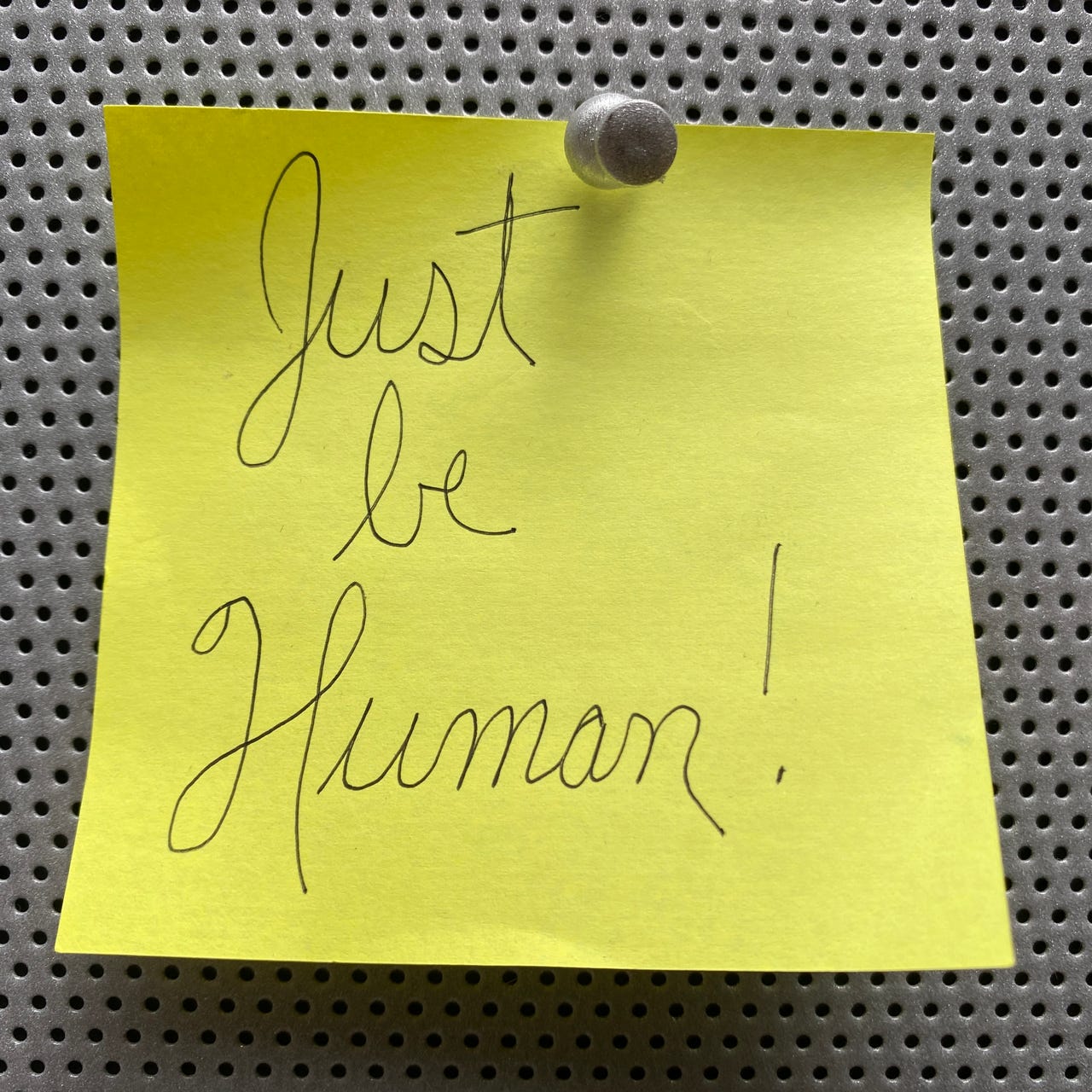Debbie Urbanski discusses her sci-fi novel about an Artificial Intelligence tasked with writing a novel—only for it to fall in love with the novel’s subject, Sen, the last human on Earth.
In my novel After World, I imagine humans have gone extinct to save the planet. It’s more complicated than that, of course. Several not-evil-and-maybe-even-benevolent AIs are involved. And, in theory, it’s only humanity’s physical bodies that are disappearing. Humans (in the form of their life stories) will be uploaded to a place called the Afterworld where, according to the AI in charge at least, people will be happy, more energy efficient, and unable to screw up another world. Meanwhile, the current physical world (i.e. Earth) will rewild and heal. Win-win.
Despite what this plot summary of my novel might suggest, I don’t actually want humans to disappear. But I wanted to imagine this happening in my book because I thought it could be a useful thought experiment.
When I’m asked questions about After World, often they’re AI related, and understandably so. The developments over the past years around AI have been fascinating. I’m probably more excited than most writers about the potential for AI-human creative collaboration, and I deeply love Max Tegmark’s book Life 3.0 and want everyone to read it. But really what AI offered me was a narrative framework for my nature book that holds the Earth at its center.
I see our solutions to climate change being on a spectrum. At one end, the goal of fixing the climate is to preserve, as much as possible, human society and our way of life as it is now. That means still finding a way for us to take plane rides, eat meat, drive far distances to work, use air conditioning, buy lots of stuff, consume, enjoy plastic and so on — but do so in a way that hurts the planet less.
At the other end of the climate-change-solution spectrum, there’s the idea I’m playing with in After World: that the real goal of fixing climate change is to save as many species as possible. In other words, the end goal is to preserve biodiversity, and to do so means we have to consider humans as merely one species amid millions of species.
In between, there are a whole lot of options and a whole range of goals. When I was writing my book, I wondered if, by presenting this one extreme, I might move somebody—anybody!—in whatever small way a bit down the spectrum toward a more eco-centric view of the world.
Some of my fondest memories of writing After World consist of me spending slow hours crafting nature descriptions. I did so much research. Was it necessary to read three dense books about trees in order to write a description of some trees? Did I need to fully understand (or try to understand) how the sun works in order to write the ending for my book? No. And also yes.
I had a whole shelf of books to the right of my desk that gave me a master class in valuing the natural world: those books on trees, two books on the sun, a 735-page book on insects, a 750-page book on every mammal in North America, children’s books on ecology and plants, plus field guides to moss, birds, bark, and lightning bugs. Was any of this necessary? I spent years reading about the “loud rushing roar, succeeded by instant darkness” of a flock of passenger pigeons, or how worms, in March, tunnel upwards as the temperature rises and the frost line recedes (that’s when robins begin to peck for them), or how male wood frogs produce clacking sounds in vernal pools in April, or how goldfinch learn to sing by listening to their fathers while the female northern cardinal sings while sitting on her nest—and even if those details didn’t all make it into my book, such reading helped nudge my perspective away from one where humans are taking up all the room in every room.
(A macro lens that attaches to my phone also helped: I’ve learned that any living thing, when looked up close enough, is spectacular. Except maybe slime mold. Sorry, slime mold. But you’re definitely more interesting seen from a distance.)
Sometimes on walks around my neighborhood I look around and all I can see is how much we’ve modified the land with ourselves in mind. There are sidewalks for people, and roads for people, and houses for people, and streetlights for people, and telephone poles, and cables, and sewer systems, and water mains, and fire hydrants, and on, and on. What would the world look like if we reshaped our current landscape so that it values a wider variety of species? What would our future look like?
Sometimes, south of Syracuse, on hikes along the Finger Lakes Trail where my novel takes place, I’m astonished at how functional and maybe even perfect the natural world is. How the mushrooms and the lichen and the birds and the trees and the moss and the moths and the butterflies and the ants have created this beautiful interconnected ecosystem that works just fine or maybe even better without us.
I had always expected during the revision process to go back into my novel and add even more descriptions of nature. This was never a suggestion of my first readers, or my agent, or my editor, or in the end anyone—there were other more pressing concerns—so eventually I let go of that idea. But I’m hoping my continued wonder for the natural world might lead me to my next book.
This was originally published on Whatever by Scalzi.
Find out more about After World.
Debbie Urbanski is the author of the novel After World (Simon & Schuster, 2023) and the forthcoming collection of stories Portalmania (Simon and Schuster, May 2025). Her stories and essays have also been published in The Best American Science Fiction and Fantasy, The Best American Experimental Writing, The Sun, Fantasy & Science Fiction, Lightspeed, Strange Horizons, Nature, Terrain.org, Orion, and Granta. In 2019, she received a Rona Jaffe Foundation Writer’s Award for emerging women writers of exceptional promise. She lives and hikes with her family in Central New York.
Hello fellow climate communicators!
Climate Communications Resource Hub is a free platform for climate storytellers, educators, and advocates. We share:
Research & best practices for climate comms
Toolkits & storytelling resources
Webinars & expert insights
We’d love to have you in our community! Follow us at @climate.comms.hub for inspiring climate stories, and check out our website https://climatecommshub.com/ for free resources!






This sounds like an interesting premise. I’ll be adding it to my reading list. The title got me thinking about After London by Richard Jeffries. He was a nature writer, so the initial descriptions of the post apocalyptic London are full of wonderful descriptions of a natural world that has recovered from the industrial ravages of Jeffries’ age. I wonder whether it served as inspiration at all?
Wonderful! Two more books for my reading list. I’m fascinated by the intersection of eco consciousness and human tech beyond the usual doom scenarios. Also, how good are macro lenses for your phone!